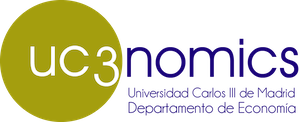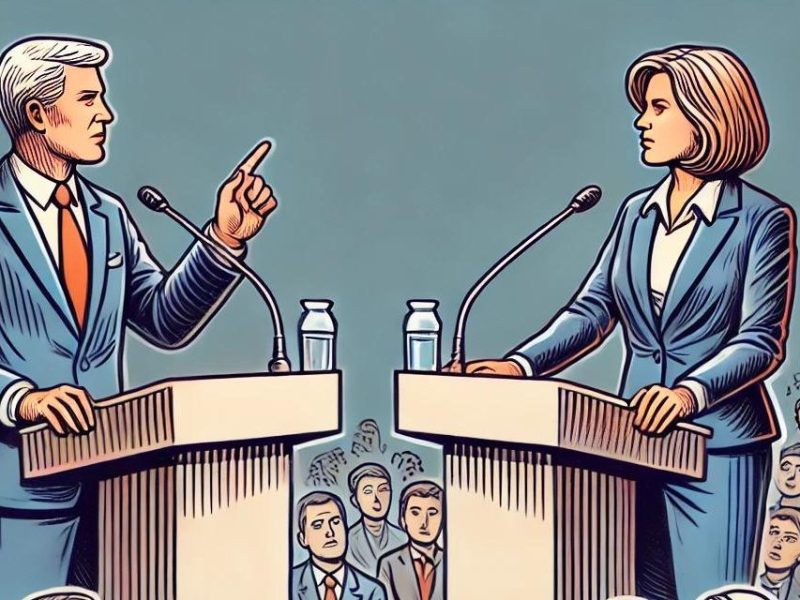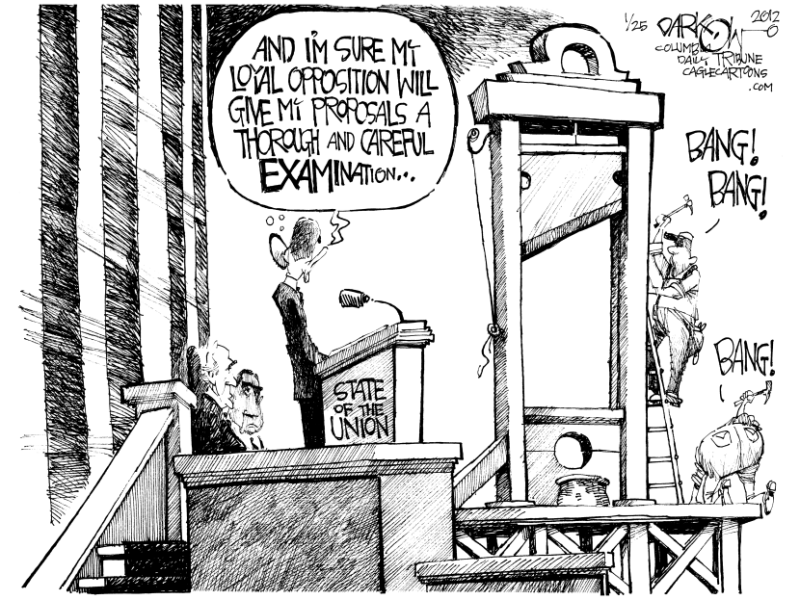While the media regularly describes Pentecostalism as a driving force in the rise of the far-right, we lack reliable estimates of its causal effects on political outcomes
By Daniela Solá
Pentecostalism is a segment of Evangelical Christianity that is increasingly involved in politics in Latin America. Pentecostal Evangelicals exert political influence in several ways, from persuading their followers to support specific candidates to promoting pastors to run for elections. Political candidates are increasingly aware of the power of these organizations in mobilizing voters. This is best exemplified by the decision of Jair Bolsonaro to convert to Pentecostalism two years before the 2018 Brazilian presidential election. Then, a natural question arises: to what extent the recent rise in Pentecostal affiliations in Latin America can shape political outcomes, ultimately explaining the success of far-right candidates?
Pentecostalism originated in the United States in the early 20th century and represents one of the fastest-growing segments of global Christianity (Pew Research Center (2006)). This growth is mostly concentrated in countries from Latin America, Asia, and Africa. As Figure 1 shows, Latin America has experienced a shift away from Roman Catholicism towards Pentecostalism. Pentecostals and Catholics differ on several sensitive topics, such as abortion and LGBTQ rights, with Pentecostals generally adhering to more conservative Christian practices (Pew Research Center (2006), Costa et al. (2022) and Buccione and Mello (2020)). Also, Pentecostals are more likely to attend church and read the Bible daily.

Understanding the causal effects of Pentecostal affiliations growth on political outcomes is particularly challenging given the potential confounding factors in this relationship. To establish causality, I focus on the contest of Brazil and exploit the staggered translation of the Bible into different indigenous languages done by the Summer Institute of Linguistics (SIL). The SIL is a 20th-century Evangelical organization founded in the United States whose main objective was to translate the Bible into all languages throughout the world. This was seen as a key step to promote Evangelism.
Around 1960, SIL started translating the Bible into indigenous languages spoken across Brazil, a highly involved process that typically takes around ten years. During this period, SIL missionaries spent time with the local communities to learn their language. While they usually did not reside in the tribal areas (but in bases in central towns), they had continuous contact with the indigenous population. The translation of the Bible into the local language, combined with the interactions with local communities, might have enabled SIL missionaries to spread their beliefs and conservative views representative of US Evangelism. Still, the organization’s presence in the tribal areas was limited, as they were not allowed to establish churches or schools.
To measure the timing of SIL activities, I collect novel data from the Joshua Project. This is a US Evangelical organization that keeps records of when the Bible was translated into different languages in the world. I use the translation of the Bible as a proxy to measure SIL exposure in each municipality. For this purpose, I combine the information on the year of translation into each language with geo-localized data on the indigenous languages spoken in 1980 in Brazil. Figure 2 presents a set of maps of Brazil that indicate the geographic location of the different indigenous-speaking communities, specifying whether the Bible was translated into the language of these communities.
Figure 2: Indigenous language location & Bible translation in Brazil

Focusing the analysis on municipalities where indigenous languages are spoken, I first implement a Difference-in-Differences empirical strategy that compares outcomes before and after the first translation of the Bible into a local indigenous language. This analysis allows me to verify that there are no pre-existing trends in the outcomes of interest. This supports the assumption that the timing of SIL translations is as good as random, conditional on controls. Next, I construct a time-varying municipality-level measure of exposure to SIL from 1980 to 2010 that considers the number of indigenous languages spoken and their population in 1980. All the time-variation in this measure of SIL exposure is driven by the timing of Bible translations. This is my main regressor of interest in a specification that includes controls for time-fixed effects, year-fixed effects, and year-fixed effects interacted with municipalities’ characteristics from 1980, such as mean income, urbanization rate, school attendance rate, and ethnicity composition.
Despite the lack of evidence of SIL targeting municipalities where Pentecostals were already growing, there remain some potential threats to the identification strategy. For instance, a concern would be if areas where SIL has easier access, politicians too may find access easier. Therefore, to further strengthen the identification strategy, I predict the timing of SIL translations using linguistic distance to foreign languages. I show that linguistic similarities to other languages spoken outside Brazil for which the Bible was already translated have strong predicted power over the actual translation of the Bible. Then, I construct a predicted SIL exposure by replacing the actual timing of the Bible translation with a measure of linguistic distance to foreign languages.
First, I show that exposure to SIL increased the share of Pentecostal affiliations in municipalities where indigenous languages are spoken. Specifically, estimates indicate that a 10 percentage point (p.p.) increase in the share of the population with the Bible translated into its native language led to a 2 p.p. increase in the share of Pentecostal Evangelical affiliations. The increase in Pentecostal affiliation is not driven by the conversion of one specific religious affiliation, but there appears to be a substitution effect from different religions. I obtain similar estimates using linguistic similarities as a driving force for the timing of Bible translation.
Second, I use the increase in the share of Pentecostal affiliations induced by SIL to study its effect on two main voting outcomes: the vote share obtained by far-right candidates in the presidential elections and the vote share obtained by candidates associated with Evangelical churches in the federal elections. I follow an IV approach, instrumenting the share of Pentecostals with the predicted SIL exposure measured using linguistic distance. This measure is exogenous to the extent that the timing of translation of the Bible into foreign languages is unrelated to municipality-level political outcomes in Brazil. This assumption is highly plausible since there are limited economic or social interactions with tribal groups located outside Brazil.
Results indicate that the increase in Pentecostal affiliations, driven by the predicted SIL exposure, had strong effects on political outcomes in municipalities where indigenous languages are spoken. Specifically, a 10 p.p. increase in the share of the Pentecostal affiliations leads to a 9 p.p. increase in the vote share of candidates associated with Evangelical congregations and a 2 p.p. increase in the vote share obtained by far-right candidates. These effects are larger in municipalities with less educated, poorer, and more rural populations.
Furthermore, I find that SIL activities generate spillover effects in municipalities where no indigenous language is spoken, allowing me to extend the analysis to the rest of Brazil. Results suggest that, while Pentecostals have a strong political influence in all of Brazil, they are more persuasive in municipalities where indigenous languages are spoken. Descriptive statistics show that these municipalities, on average, are more rural, and the population density is lower.
Finally, I study the effect of Pentecostalism on support for Jair Bolsonaro in 2018 presidential elections. While Datafolha’s survey indicates that nearly 70% of Evangelicals voted for Bolsonaro in Brazil’s 2018 presidential elections, different population characteristics may be driving this correlation. I conducted a cross-sectional analysis that suggests that a 10 p.p. increase in the share of the Pentecostal affiliations, induced by the predicted SIL exposure, led to a 4.3 p.p. increase in the vote share obtained by Bolsonaro in the 2018 presidential elections.
Different mechanisms may drive the strong elasticity between Pentecostals and support for evangelical candidates. For instance, Churches’ organizational advantage might be a very good instrument for campaigning in the elections, as Pentecostals frequently attend ceremonies where the Pastor tends to emphasize the institution’s support for his candidate. Results suggest that candidates endorsed by major centralized churches are more successful at capturing Pentecostal votes than other Evangelical candidates.
Overall, these results suggest that the Pentecostal church is an important driving force in the rise of the far-right in the recent history of Brazil. There remain a number of open questions. The relationship between Pentecostalism and support for militarized actions or sexual education, are some examples of topics worthy of inclusion in future research agendas as they are extremely relevant in today’s political debate.
Further Reading:
Solá, Daniela (2023). “Brother votes for brother: The effects of Pentecostal political influence in Brazil” Working Paper.
About the authors:
Daniela Solá is an Assistant Professor (tenure track) in the Economics Department of UC3M. Her main research interests are in the fields of Political Economy and Economic Development.
References:
Buccione, G. and Mello, M. (2020), ‘The effect of media on religion: Evidence from the rise of pentecostals in Brazil’.
Costa, F., Marcantonio, A. and Rocha, R. (2022), ‘Stop suffering! economic downturns and pentecostal upsurge’, Journal of the European Economic Association.
Datafolha (2016), ‘Perfil e opini˜ao dos evangélicos no brasil – total da amostra’, Instituto de Pesquisas Datafolha.
Pew Research Center (2006), Spirit and power: A 10-country survey of pentecostals, in ‘Pew Forum on Religion & Public Life’.



